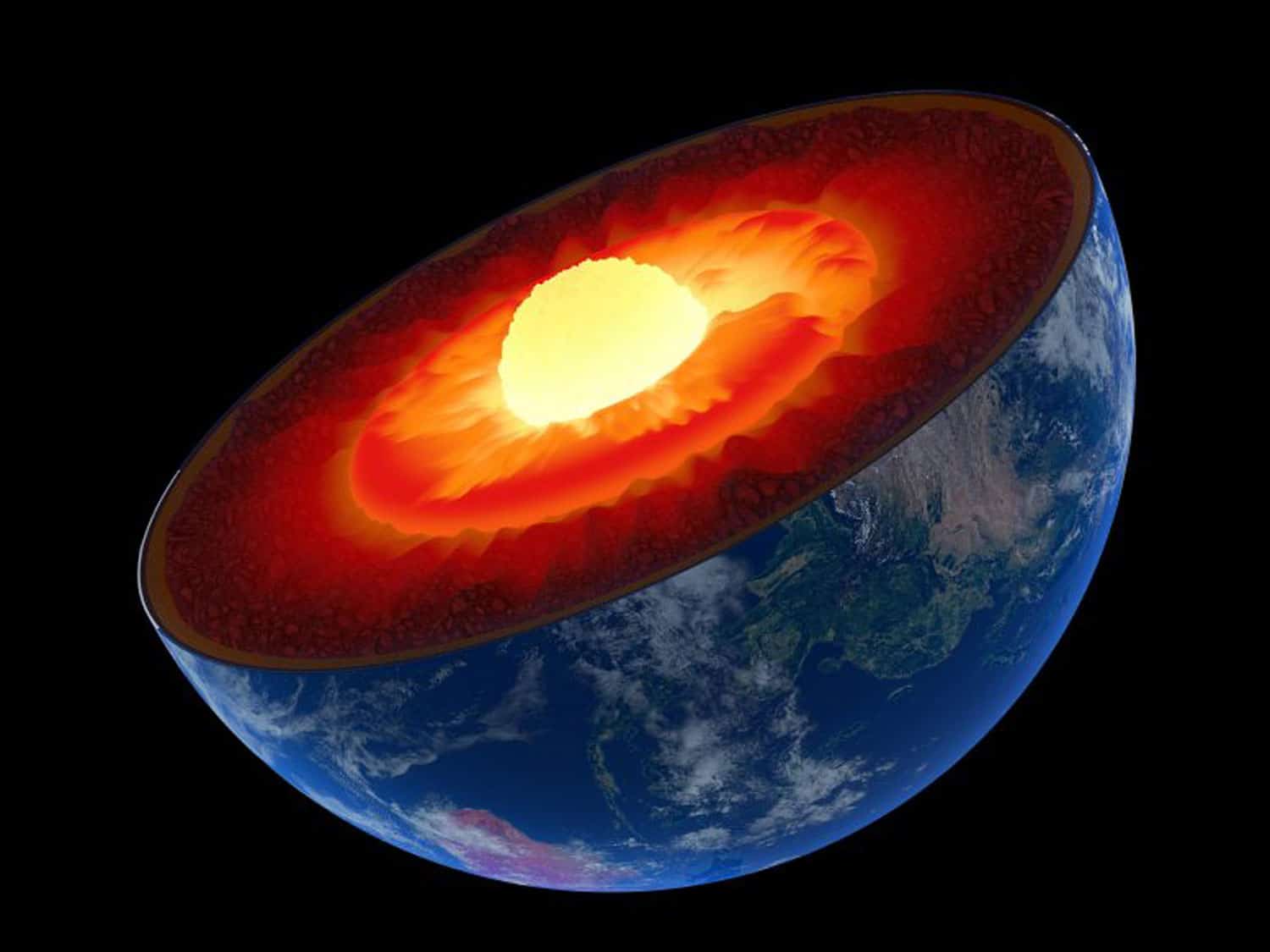
The evolution of the planet Earth can be described as the history of cooling over the past 4.5 billion years. The surface of the Earth was covered with a deep ocean of magma.
Over millions of years, the planet’s surface cooled to form a brittle crust. Though some question remains unanswered: How fast the Earth cooled and how long it might take for this ongoing cooling to bring the aforementioned heat-driven processes to a halt?
The thermal conductivity of the minerals could give the answers. This thermal conductivity of minerals forms the boundary between the Earth’s core and mantle. This boundary layer is relevant because it is here that the viscous rock of the Earth’s mantle is in direct contact with the hot iron-nickel melt of the planet’s outer core.
Due to the steepness of the temperature gradient between both layers, much heat must be flowing here. This boundary layer is made of the mineral bridgmanite.
However, it is difficult to estimate how much heat this mineral conducts from the Earth’s core to the mantle because experimental verification is very difficult.
Scientists from ETH Zurich have developed a sophisticated measuring system that enables them to measure the thermal conductivity of bridgmanite in the laboratory under the pressure and temperature conditions that prevail inside the Earth. An optical absorption measurement system was used in a diamond unit- heated with a pulsed laser.
ETH Professor Motohiko Murakami said, “This measurement system let us show that the thermal conductivity of bridgmanite is about 1.5 times higher than assumed. This suggests that the heat flow from the core into the mantle is also higher than previously thought. Greater heat flow, in turn, increases mantle convection and accelerates the cooling of the Earth. This may cause plate tectonics, which is kept going by the convective motions of the mantle, to decelerate faster than researchers were expecting based on previous heat conduction values.”
Scientists have also shown that rapid cooling of the mantle changes the stable mineral phases at the core-mantle boundary. After cooling, the bridgmanite converts into the mineral post-perovskite.
The colling process accelerates as this post-perovskite appears at the core-mantle boundary and starts dominating. This happens because the mineral conducts heat even more efficiently than bridgmanite.
Murakami said, “Our results could give us a new perspective on the evolution of the Earth’s dynamics. They suggest that Earth, like the other rocky planets Mercury and Mars, is cooling and becoming inactive much faster than expected.”
“However, we can’t say how long it will take, for example, for convection currents in the mantle to stop. We still don’t know enough about these kinds of events to pin down their timing.”
Journal Reference:
- Motohiko Murakami et al. Radiative thermal conductivity of single-crystal bridgmanite at the core-mantle boundary with implications for thermal evolution of the Earth. DOI: 10.1016/j.epsl.2021.117329
https://ift.tt/3GugKsh
Science
No comments:
Post a Comment